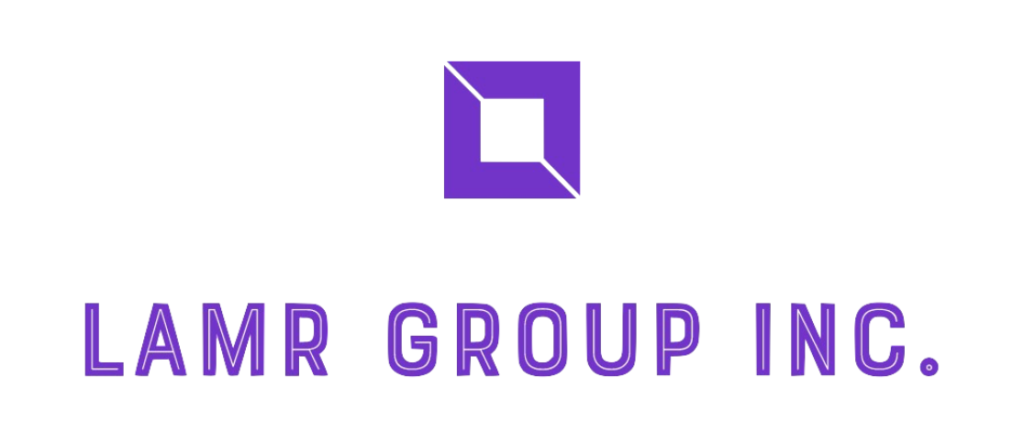Marketing Darwinism caught up with Marketing Executive Todd Wells, CMO of award-winning Acumatica
Marketing Darwinism: Acumatica- the leader in Cloud ERP. What is the value proposition of the company and what explains the torrid growth pace?
Todd W: Acumatica does indeed continue to grow at a very substantial pace – and it’s great to see how the product and the value proposition resonates so well with our prospects and customers. The value prop is centered on three basic promises: superior technology, high value, and unflagging support. That is essentially what we provide to all members of the Acumatica ecosystem, from worldwide OEMs and regional VARs to ISVs, developers, and of course customers. We truly believe it’s our duty and obligation to ensure the success of all those who place their trust in Acumatica.
Marketing Darwinism: Todd, you were a marketing and data leader at Microsoft and then transitioned to a much smaller company. As a Marketer, how do you unlearn the “access” to massive budgets and teams and find a more guerrilla footing?
Todd W: I tend to think about it less as unlearning and more about bringing all of my varied experience to bear on the work – whether that is the experience with scale or even in different industries prior. The scale was certainly different from when I left Microsoft to when I started at Acumatica, but I think that we are now scaling so quickly that much of the work is similar to what I did before with large, global teams. Meanwhile, of course, you just have to roll up your sleeves and do the work rather than delegate it. Massive budgets often mean you have to get more people involved, and that doesn’t necessarily lead to a better result.
Marketing Darwinism: Acumatica’s marketing is top-notch and ubiquitous. How do you approach the marketing mix?
Todd W: Marketing is directly responsible for a substantive portion of our licensing wins on a quarterly basis – and so no question that our demand generation is focused on those vehicles that are quantitatively proven to drive pipeline – and we continue to dynamically invest and optimize across the entire mix. But given that we are a challenger in the ERP space – we do have other complementary objectives such as brand awareness – and you will see our presence in airports and other vehicles – even including highly targeted television ads.
Marketing Darwinism: I see that Acumatica Summit is a core piece of your outreach strategy. What does the Summit/Physical Event offer you that other, “virtual” means cannot?
Todd W: I do believe that the Summit is an extremely strong community event and one that will continue into the foreseeable future. The way our attendees come together with real enthusiasm is hard to duplicate, it can’t be livestreamed. Virtual events and webinars are certainly a critical component of our marketing mix – and have grown substantially in importance during COVID and quarantine – but yes, as you say, the Acumatica Summit is the seminal event for us and our customers, partners, and industry analysts. We invest a lot of time and effort to ensure that it is motivating, engaging and informative for all attendees – and we just recently concluded our 2021 Summit at the Wynn Las Vegas – with over 2,500 attendees and record satisfaction levels.
Marketing Darwinism: Acumatica’s growth one can argue is partner-led. What are the challenges and opportunities of being a CMO on a channel enablement scenario versus a direct-to-customer scenario?
Todd W: Acumatica is entirely dedicated to our partner channel – and I like to think about partners as a marketing flywheel driving awareness and demand generation beyond what we can do ourselves. A critical focus of my team is our partner marketing enablement capabilities through which we can go to market through and with our vast partner ecosystem. A direct-to-customer scenario is certainly more traditional, but leveraging the channel and all of its breadth and expertise can be a very powerful combination.
Marketing Darwinism: What is your advice for young marketers today? In the tech industry and others?
Todd W: I think that there has probably never been a better time to be in Marketing – the ever changing and progressing capabilities across marketing technologies, the changing dynamics of our lives across work and our personal, etc. Companies are more and more realizing how critical Marketing is to deliver on business objectives – and we are witnessing a resurgence in the prominence of the role. There is so much to learn and understand across digital marketing, analytics, customer experience, creative etc these days – my advice is simply to learn as much across as many of these aspects as possible and to be open to any new opportunities to learn – the strongest marketers I work with have a broad spectrum of experiences and knowledge and are able to leverage it to deliver results.













